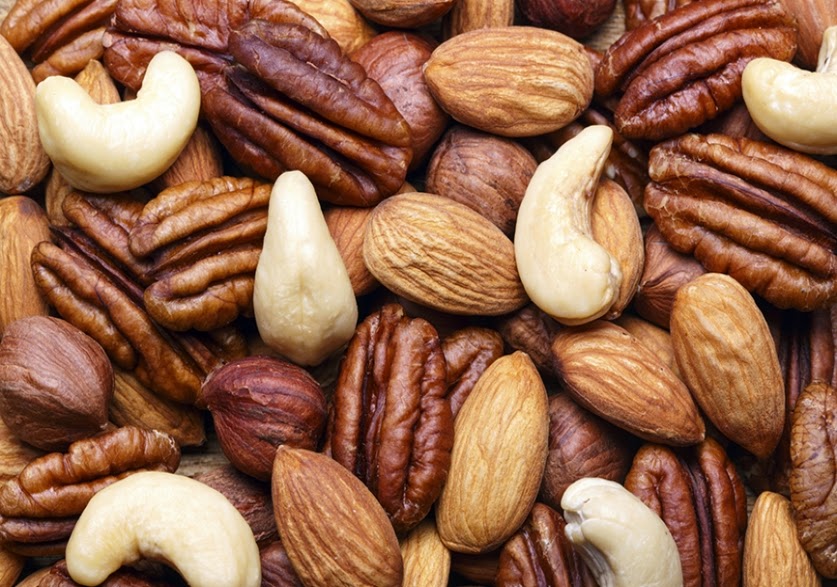Protein 101
At this point, everyone has heard talk of high-protein diets. But what do you really know about protein? You know you can get it from meats and beans — but if that’s all you know about protein, then you have a lot to learn.
First thing’s first: What the recommended daily serving is for men, women and children? According to WebMD.com, serving sizes are different depending on your sex and age. Teenage boys and active men need three daily servings (7 ounces total), while women, children ages 2 to 6 and the elderly need two servings (5 ounces total), WebMD.com says. Older children, teenage girls, active women and men who aren’t as active need 6 total ounces, or two servings.
But What, Exactly, is Protein?
Anne Mauney, MPH, RD, a blogger at Fannetastic Food, explains: “Protein is a macronutrient that is a vital structural plus working substance in all cells. Protein is made up of building blocks called amino acids, which all have the same basic structure. There are nine essential amino acids — essential means that the body can’t make them itself so we must get them through food.
“Protein is necessary in body growth, repair and replacement of damaged tissue,” Mauney continues. “It can also facilitate or regulate body reactions (as an enzyme); is a major structural component of all cells and the building blocks of muscle, skin, blood, bones, teeth, ligaments and tendons; and can act as hormones, transporters or antibodies as well.”
So why does everyone talk about eating protein in order to maintain weight or aid in weight loss? Mauney says it’s all about satiety. “Protein is the most satiating macronutrient,” she adds, “which means that eating protein helps send signals to your body that you are getting full.”
Straight to the Source
According to the CDC, there are many sources of protein: animal-based foods, such as red meat, poultry, fish, milk, eggs and cheese; legumes; tofu; nuts; and seeds. But what are the best forms of protein to eat?
“Protein from animal sources is higher quality because it contains all of the essential amino acids,” Mauney says. “Vegetarian protein is an incomplete protein, as it does not contain all the essential amino acids, but simply pairing foods together that have complementary proteins (e.g., rice and beans) is a great way for vegetarians to get all the essential amino acids.”
Bonus tip: “You don’t have to have all the essential amino acids in one sitting, either — having those complementary proteins at different times of the day is also fine,” according to Mauney.
Everything in Moderation
While high-protein or so-called low-carb diets are very popular, when trying to lose weight, Mauney prescribes to the “everything in moderation” school of thought. “If you are lacking protein, it’s certainly important to add some in, but limiting carbs more often than not just leads to disordered relationships with food and a lot of guilt around mealtime, which can lead to restrict/binge cycles,” she says. “Don’t be scared of carbs!”
Additionally, Mauney recommends eating protein throughout the day. “Whether you want to lose weight or just maintain weight, I’d always recommend having some form of protein at each meal of the day, and at snack time, too. Adding some protein to breakfast in particular is a great way to feel more satisfied through the day/morning.”
